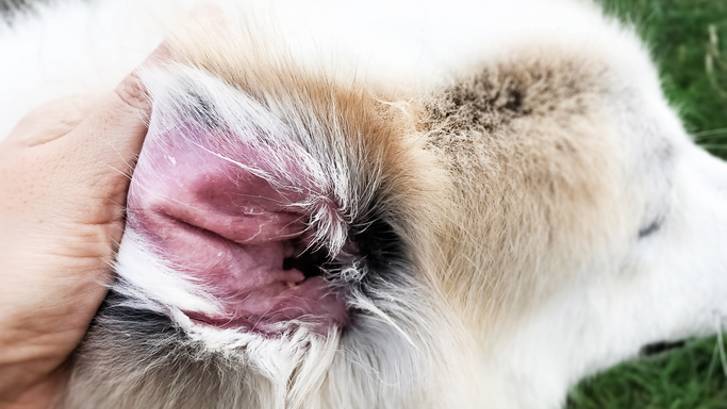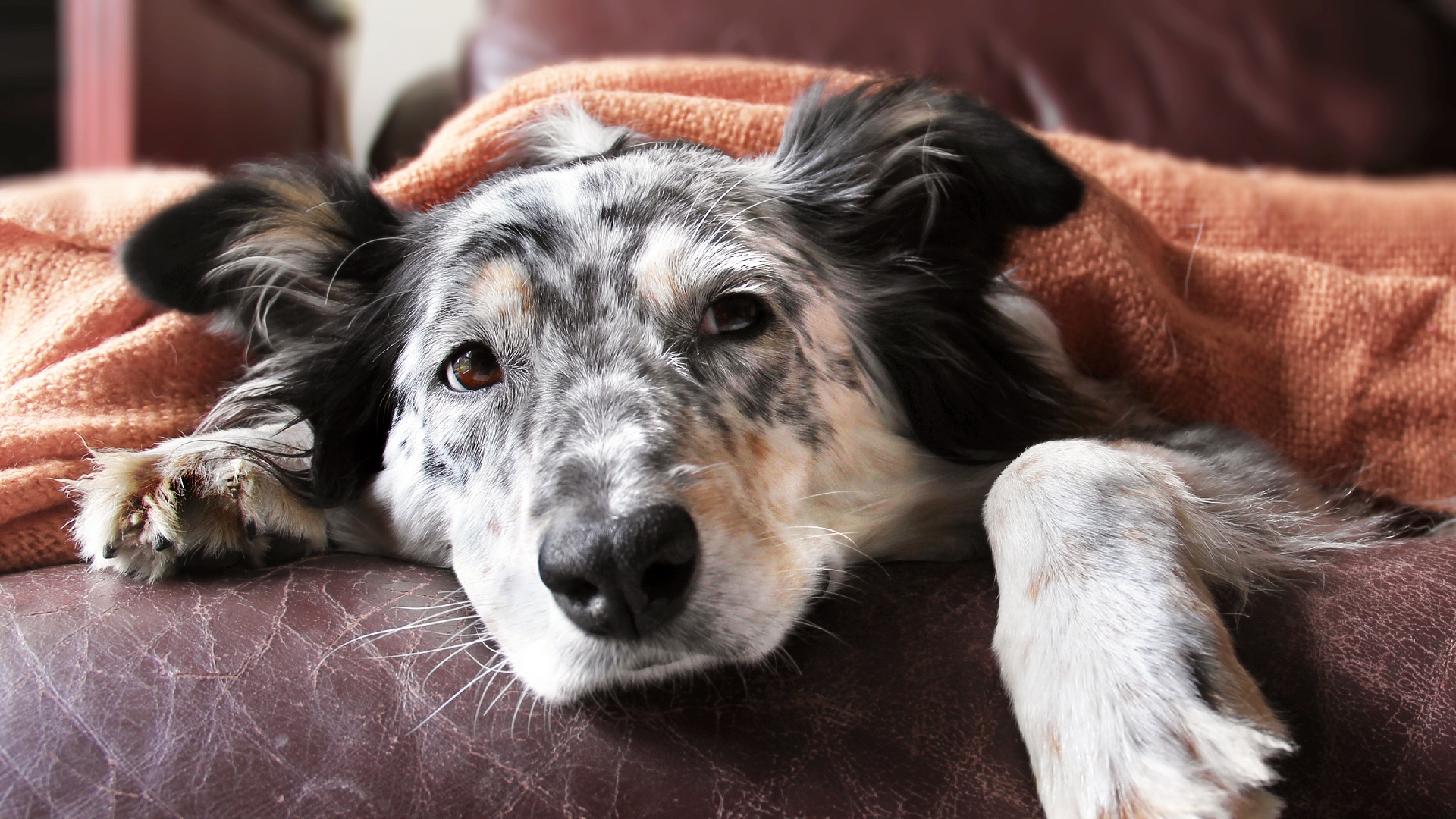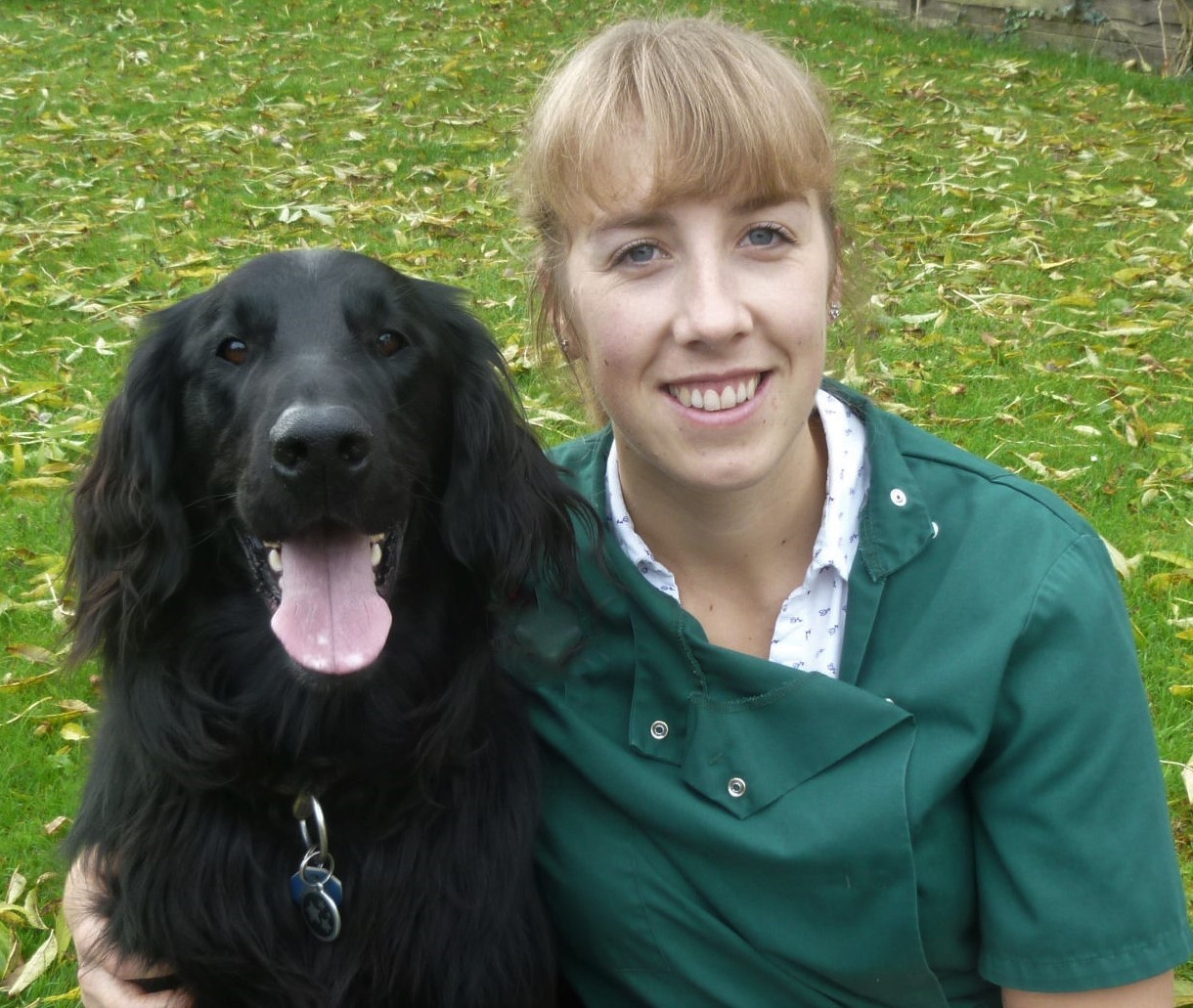Yeast infection in dogs: A vet's guide to causes and treatment
A yeast infection in dogs is a very common ear and skin complaint, read on to find out more!

A yeast infection in dogs is a very common diagnosis in veterinary practice. Many dogs suffer from skin and ear complaints, and yeasts are a frequent contributing factor to these. But did you know that even normal dogs have a small number of commensal yeasts present on their body at any one time?
These low levels do not cause an issue in healthy dogs, but in animals suffering from underlying conditions such as skin allergies or seborrhoea, these yeasts can start to multiply. This increases levels of discomfort, causing itchiness and skin redness.
In this article, we’ll explore yeast infections in more detail, including treatment options and preventative measures.
- Best pet insurance: Give yourself peace of mind
- How to clean a dog's ear: A vet's guide
- Why does my dog smell? A vet's guide to helping a stinky dog
Symptoms of yeast infections in dogs
Yeast infections commonly occur in the ear canals of dogs, contributing to ear infections. Yeast problems can also be seen anywhere on the skin, but most commonly in warm moist skin folds, in-between toes, and around the nail beds.
If you are wondering how to identify a yeast infection in dogs, there are some characteristic symptoms to look out for. These include:
- Increased itchiness
- Inflamed, red or pink skin
- An increased odor to the skin or ear canals
- Discoloration of the nail beds or paws
- Greasy, scaly skin
- Increased discharge and wax in the ears
What causes yeast infections?
Yeast infections usually occur secondary to other issues. Yeasts are found in low numbers on normal dogs in places like the ear canals and lip margins, usually causing no issues.
But in a dog that has an underlying skin condition, these yeasts are given optimum conditions in which to multiply. The most common yeast infection in dogs is known as Malassezia dermatitis caused by a yeast called Malassezia pachydermatis.
The types of underlying conditions that can predispose a dog to secondary yeast infections include:
- Skin allergies
- Bacterial skin infections (pyoderma)
- Skin conditions like seborrheic dermatitis
- Hormonal conditions like hypothyroidism
- Excessive skin folds (as seen in breeds like Shar Peis and English Bulldogs)
- Parasitism (infections with mites or fleas)

When to visit the vet
Get your dog examined if they are showing any of the previously listed symptoms of yeast infection. You should visit your vet as soon as you think there might be a problem, rather than trying to manage the problem at home. The longer things are left untreated the worse they could become.
How are yeast infections diagnosed?
Your vet will start by examining your dog. This could include looking down his ears with an auroscope (a tool used to examine ear canals), as well as checking his skin and paws.
Samples are sometimes taken for analysis. Cytology can be performed, where samples of skin or ear wax are examined under the microscope. This allows your vet to see the yeasts, as well as any bacteria. Swabs may be taken for culture to check for any concurrent bacterial infections. Your vet will also be looking to rule out other causes of skin disease such as parasites.
How to care for a dog with a yeast infection
If your dog is diagnosed with a yeast infection then your vet will usually prescribe you some medication. The exact type will depend on the location of the yeast infection. For ear infections, topical ear drops and ear cleaners could be advised. For skin infections, medicated shampoos or washes are used. Occasionally, oral medications like ketoconazole are used, although this is rare.
Sometimes additional medications are required such as steroids (which are potent anti-inflammatories) to help with inflammation and itchiness and antibiotics (if a bacterial infection is also present). Other allergy medications may be discussed or perhaps a prescription diet to carry out a food trial if your dog is suspected to have a food allergy.

Home remedies for yeast infections
There are no proven home remedies for yeast infections in dogs. Prescription medications are usually required to treat your pet effectively. So, rather than spending money and time on products bought online, take your dog straight to the vet for a check over.
What food causes yeast infection in dogs?
There is no specific food type that will definitely cause yeast infections in dogs. Some animals have underlying allergies to certain ingredients found in dog food though, leaving them more prone to a secondary skin infection.
Everyday ingredients like chicken or beef could cause flare ups in some dogs, so a dietary trial may need to be performed to work out what your pet’s individual triggers are. Unless your dog has a proven allergy, his diet will not be causing his yeast infection.
What to feed when a dog has a yeast infection
No one diet is right for all dogs with yeast infections. Avoiding ingredients that have been identified as allergic triggers (through a proper dietary trial) is important. Diets are also available for improving general skin and coat condition, which contain things like extra essential fatty acids - this can be helpful in some cases of inflammatory skin disease.
Preventing yeast infections in dogs
Preventing yeast infections usually involves managing the underlying cause of your dog’s skin complaint effectively.
Skin allergies may require regular allergy medications. Allergy testing can also be performed to try and help work out the cause of your dog’s flare ups, with dietary trials being used to identify potential food triggers.
Dogs that have excess skin folds may need maintenance therapy to try to keep on top of moist areas. Medicated wipes can be useful for these animals.
Otherwise just keeping a close eye on your dog’s skin and ears is a good idea, so that you can get them checked out if you notice any problems.
Conclusion
Yeast infections are very commonly seen in dogs and are usually secondary to an underlying skin complaint, such as allergies. If you think your dog is showing signs of a yeast infection, then make sure you take them to your vet for a check over as soon as possible.
PetsRadar Newsletter
Get the best advice, tips and top tech for your beloved Pets
Rebecca is a veterinary surgeon who graduated in 2009 from the Royal Veterinary College in London. She has a wealth of experience in first opinion small animal practice, having done a mixture of day-to-day routine work, on-call emergency duties and managerial roles over the years. Rebecca enjoys medicine in particular and she is proud to have recently achieved a BSAVA postgraduate certificate in small animal medicine (with commendation).
She writes on various feline and canine topics, including behavior, nutrition, and health. Outside of work and writing she enjoys walking her own dog, spending time with her young family and baking!

